It’s never been more important to grow your own food, at least, as much of it as you can. Some of the advantages are obvious, such as knowing there are no nasty chemicals sprayed on your produce, but there are even more reasons now.
Inflation is a great example. While official reports show a slowing trend in inflation as a whole, food prices continue to be subjected to inflationary rates over 10%. In addition, the threat of war, even if it doesn’t go nuclear, is another great motivator. Rationing is a common action to the economic pressures of global conflict. The UK greatly rationed food during WWII.
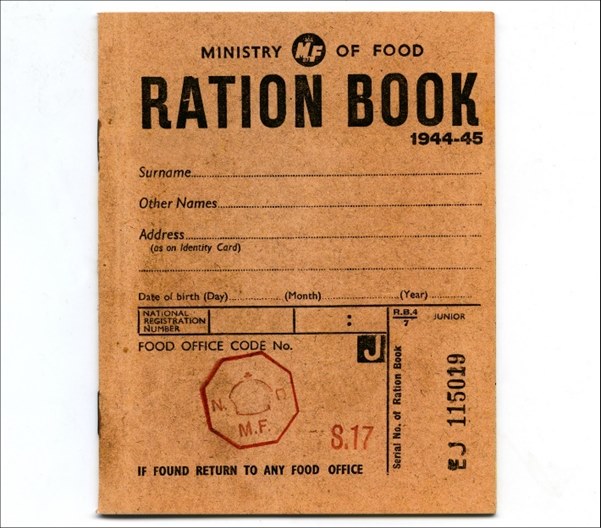
Most Canadians are looking at the thermometers and getting reacquainted with the business end of a snow shovel today, but hear me out…some plants need to be started early indoors to have a snowball’s chance in hades of putting out a harvest. Tomatoes come to mind, but there are others. Since the average last frost date in Canada is somewhere near the May 24th long weekend, plants that need 6 to 8 weeks of indoor extra growing time are due to be started.
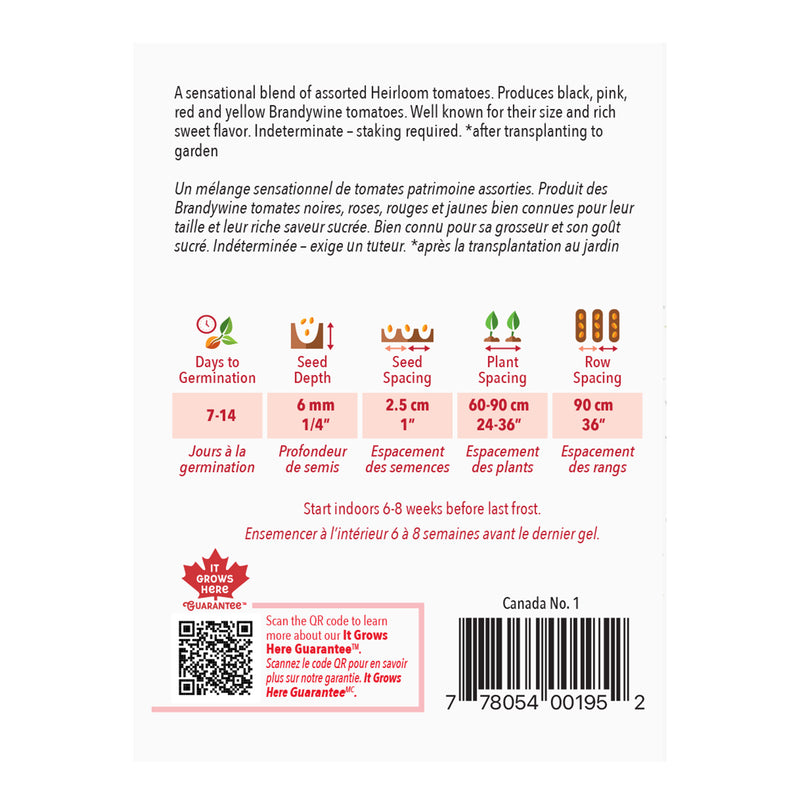
How much indoor growing time varies slightly and that information can be found on the back of seed packets. Packets will also usually indicate this with a “start early” label on the front. If you are saving your own seeds, make sure you know this information for your varieties and write it down somewhere. Starting seeds too early can make it difficult to contain plants (especially root systems) indoors, and starting too late can lead to a sub par harvest.
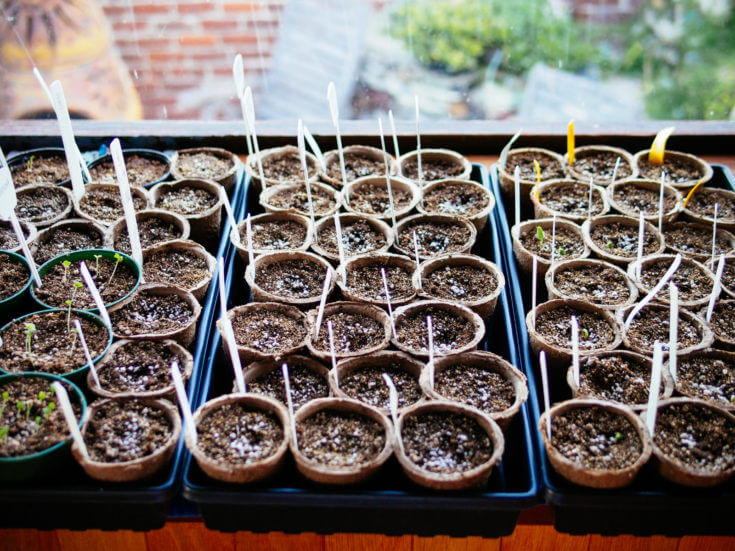
Seed trays are popular these days and come in a variety of formats. Some are open flats, while others have divided cells of varying sizes. Some are designed to fit peat pots that need to be rehydrated. Of course, individual pots with seeding soil work well too. Don’t be afraid to use what you have. I remember my parents starting tomato seeds in left over soup cans that were washed and gathered throughout the year.

Once your seeds are planted, it’s important to give them the proper conditions to germinate and grow. Most people will choose a spot in front of a window for their seed trays. While this may give germinated seeds some light, temperatures in front of windows can vary. You may want to consider a heat mat. Keeping soil temperatures warm can increase your germination rate.
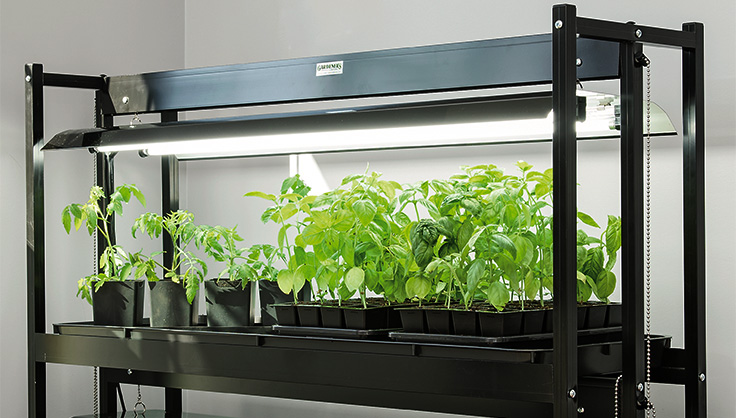
Once those yummy vegetables and herbs start poking through the soil, a good light source will help a lot. While being in front of a window will help, it simply may not be enough, especially on cloudy, stormy days. Consider adding a grow light and timer. This model from Amazon is a great LED (low energy consumption) programable system.
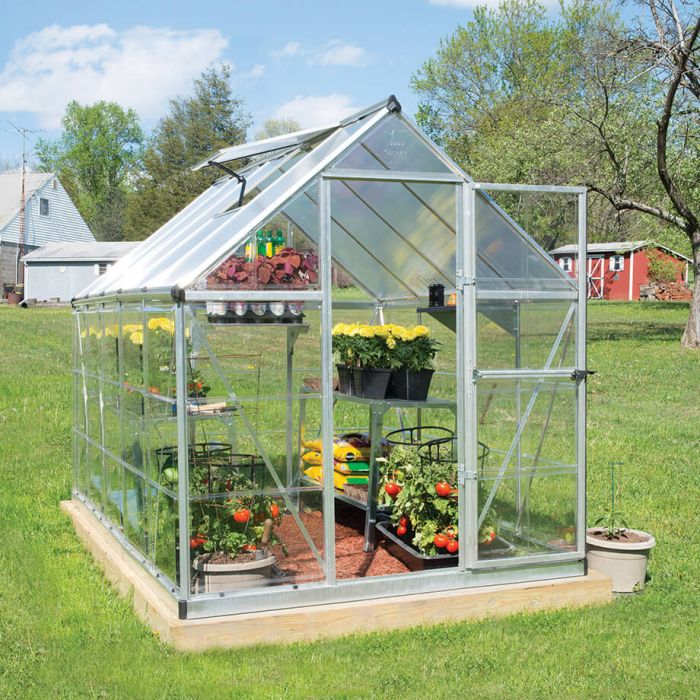
Once outdoor temperatures have risen to the point of sustaining life, you may want to consider moving your plants to a greenhouse. Personally, I’ve had good results with simple greenhouse kits that are easily assembled and broken down…much like this one. There are plenty of sizes and shapes to choose from and I doubt anyone could build a greenhouse for what these units sell for. Go ahead, check out the link and have a look at the related products!
If you’re planning on growing at least some of your own food this year (and given the current state of global affairs, you should) then seed starting time is here. Now go get your hands dirty and start growing your food.
*This article contains Amazon links to specific products. The Canadian Preppers Network receives a small percentage of sales generated from those links as a commission. The commission program does not add cost to the price you pay. Help keep our network running.
